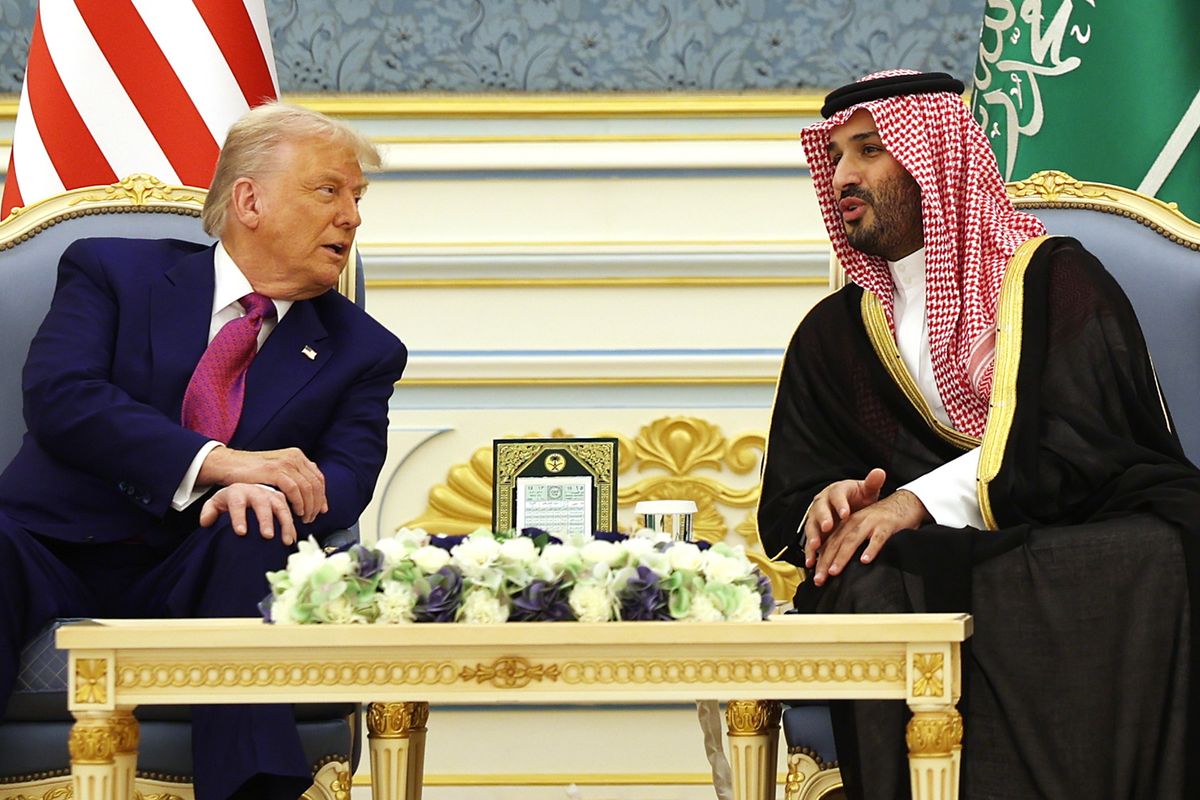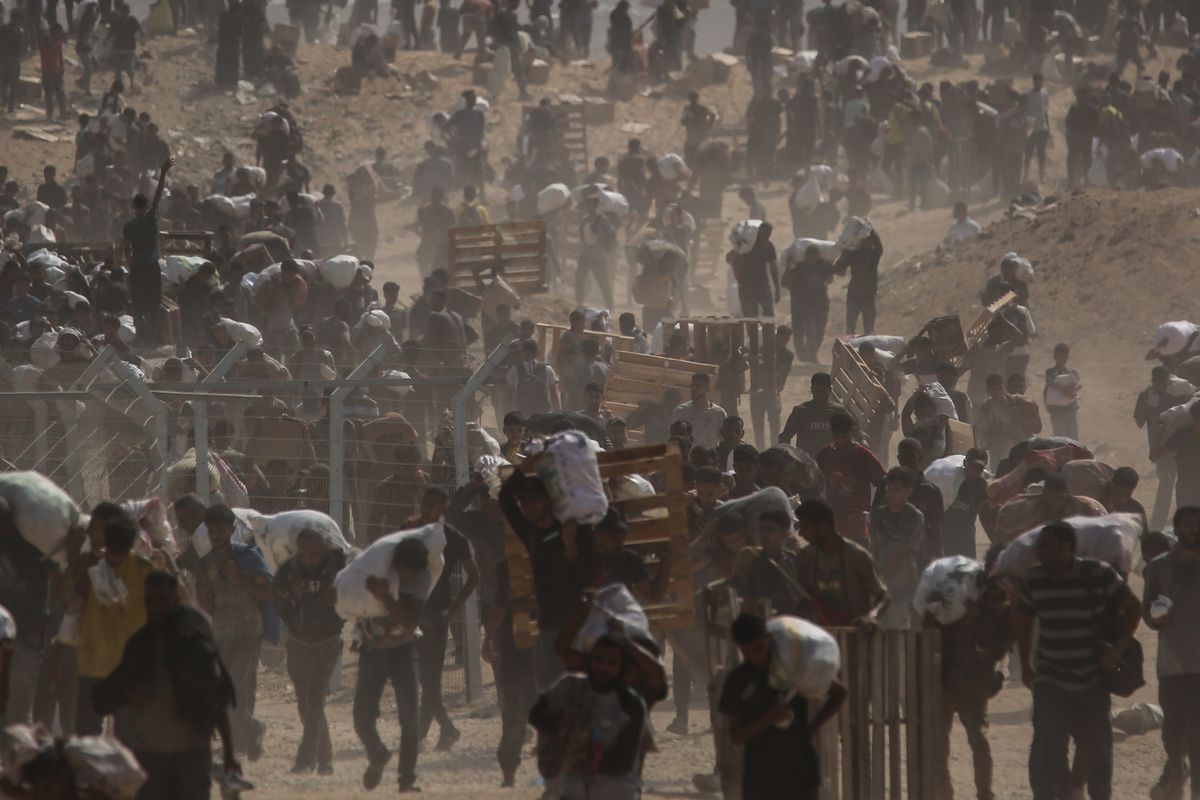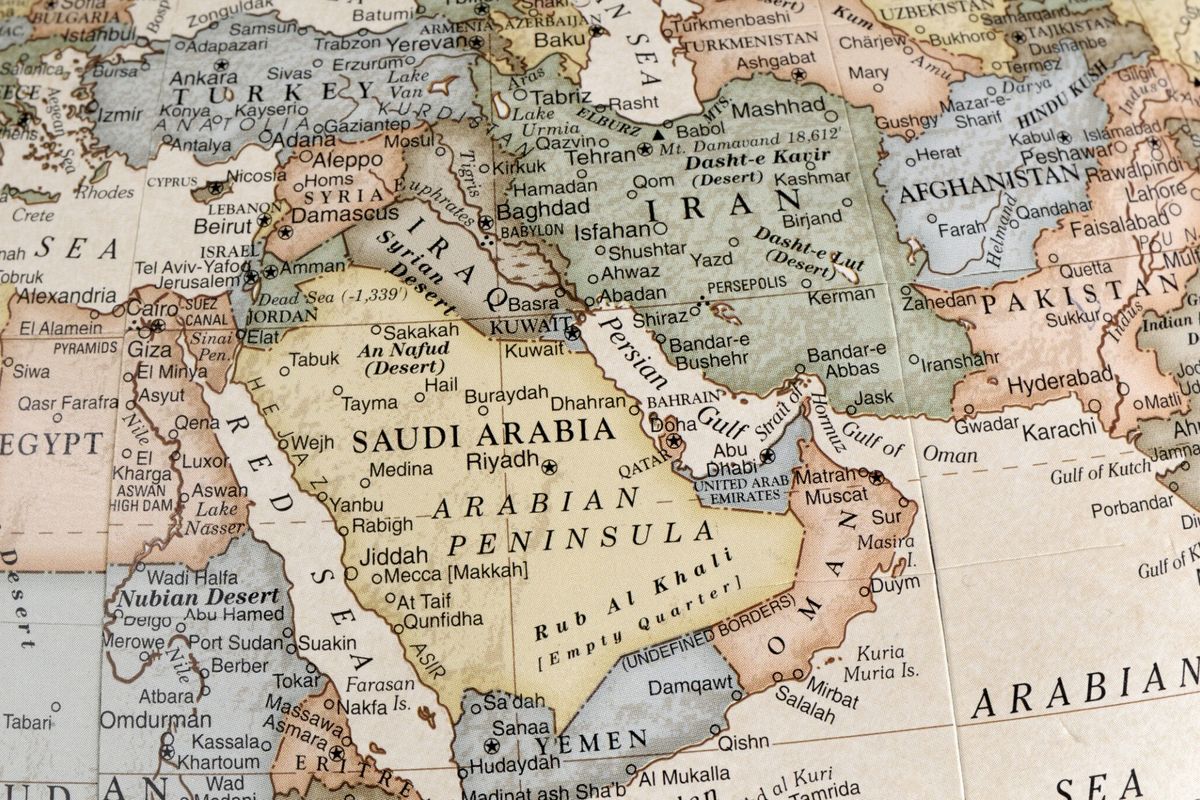For almost a century, Kool-Aid experts on the Kingdom of Saudi Arabia saw little more than gloom and doom, imminent collapse of the ruling family, social backwardness and economic failure. Generations of such “watchers” lusted for disaster, even if what occurred was nothing more that “wear-and-tear,” as the conservative monarchy went from rags to riches.
In 2016, some are yearning for catastrophe and will be disappointed if the monarchy is not toppled, pontificating that transformative efforts will ensure that outcome. Quotations from Alexis de Tocqueville are generously invoked, especially conclusions that the most dangerous moments for an absolute monarch came when it delves in reforms, oblivious to the very nature of the Saudi system. Others point to the fragilities associated with succession concerns and, naturally, the struggle for power that any winnowing creates. The list is long but tangential, because conditions are not abysmal as they are often made out to be, and while dangerous developments preoccupied leaders, the vast majority of the population backed the Al Saud family.
Today, mounting internal challenges necessitate steady economic and socio-political reforms that the time-tested Al Saud rulers have handled with poise.
Succession Concerns
Admittedly, the most critical stability question hovered over succession issues because King Salman bin ‘Abdul ‘Aziz is now 80 years old and recently promoted his 30-year-old son Prince Muhammad bin Salman to the positions of heir to the heir apparent and Minister of Defense. Critics perceived these appointments as a power-grab and resented that a relatively young individual was entrusted with so much authority. Moreover, dissidents believed that older claimants were sidelined, arguing that heir apparent Prince Muhammad bin Nayef would eventually be demoted just like his predecessor was.
Of course, such a scenario could not be ruled out in a monarchy, though outsiders failed to grasp the unity of the Al Saud family on this matter. Above all else, what truly mattered was family harmony, which was guaranteed no matter who acceded the figurative throne. For in the end, no ruler pretended to overturn the Kingdom’s tested and effective social contract that guaranteed security for all, along a decades-long policy of balancing political serenity with a series of socio-economic subventions.
Vision 2030
Falling oil revenues led observers to conclude that turmoil in the Kingdom was unstoppable, even if recent price fluctuations affected all producing countries, not just Saudi Arabia. Irrespective of dramatic changes in the revenue stream—coupled perhaps with personnel updates after the Minister of Petroleum was replaced by Khalid al-Falih, a former head of Saudi Aramco—King Salman understood that a growing population with added demands could clog the system before too long. How could Riyadh manage this undeniable pressure without meaningful reforms?
It cannot, and while critics dismissed the latest efforts by Prince Muhammad bin Salman in his Vision 2030 proposal—which the respected London Economist described as “manic optimism” and the historian Madawi al-Rasheed labeled a “phantasmagoria,”—it was a foregone conclusion that the chairman of the Council for Economic and Development Affairs would embark on this most comprehensive effort. As part of his effort to create a new economic model, Prince Muhammad bin Salman aimed to reduce the Kingdom’s dependence on oil, encourage entrepreneurship among young Saudis, and perhaps even include the public listing of five percent of Aramco, the world’s largest oil company. Moreover, Riyadh envisaged the establishment of a sovereign wealth fund with a potential value of $2 trillion, the development of non-oil industries including a domestic arms industry, and the adoption of a more transparent visa system.
Outlook
Vision 2030 is ambitious even as challenges loom in the segregated society where serious education reforms are necessary to further empower the next generation. It would be wrong to conclude that the burdens of power will be easily shared with enthusiastic young Saudis eager for Vision 2030 to succeed. Granted that it will be difficult—for how can serious transformations be implemented without pain?—but this was because conservative Saudis, which represent approximately 99 percent of the population, clamored for change without losing the essence of their history. In turn, this meant that they—it is critical to repeat, the majority—wished to hold on to established traditions that would restrict contemplated steps.
Nevertheless, it would be a monumental error to dismiss calls for reform as the work of one or two leaders and their foreign advisors, for we know that the palace consulted senior business community leaders before it launched Vision 2030. They, more than anyone else, were the parties that demanded substantial additions to build on oil revenues without remaining hostage to that stream.
In the end, what Vision 2030 required was an expansion of citizen participation in the decision-making process in Riyadh and throughout the vast country, which was not a foregone conclusion. And though Alexis de Tocqueville foresaw disasters for monarchies, he also included other forms of government on his warning list, including republics. What de Tocqueville truly worried about was the tyranny of the majority. He longed for “more hopeful institutions” as the most salutary road for serenity, and it behooves King Salman, Prince Muhammad bin Salman, and other senior Al Saud family members to heed such calls. It would also be useful for the Kingdom’s allies to share in the enthusiasm that genuine transformations of the Saudi socio-economic paradigm may usher in. If they do, Vision 2030 will add value and truly transform Saudi Arabia for the better.












